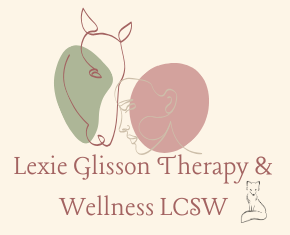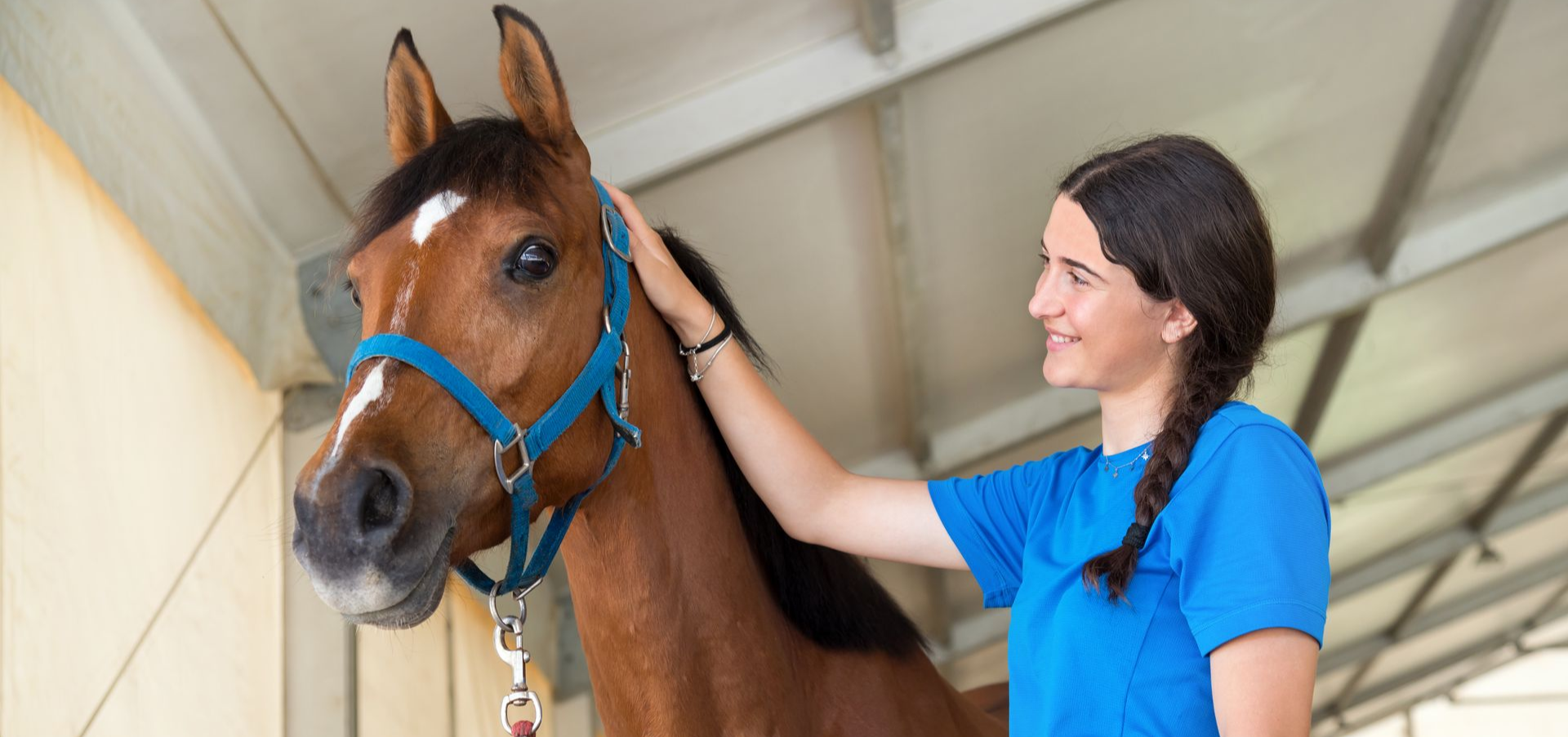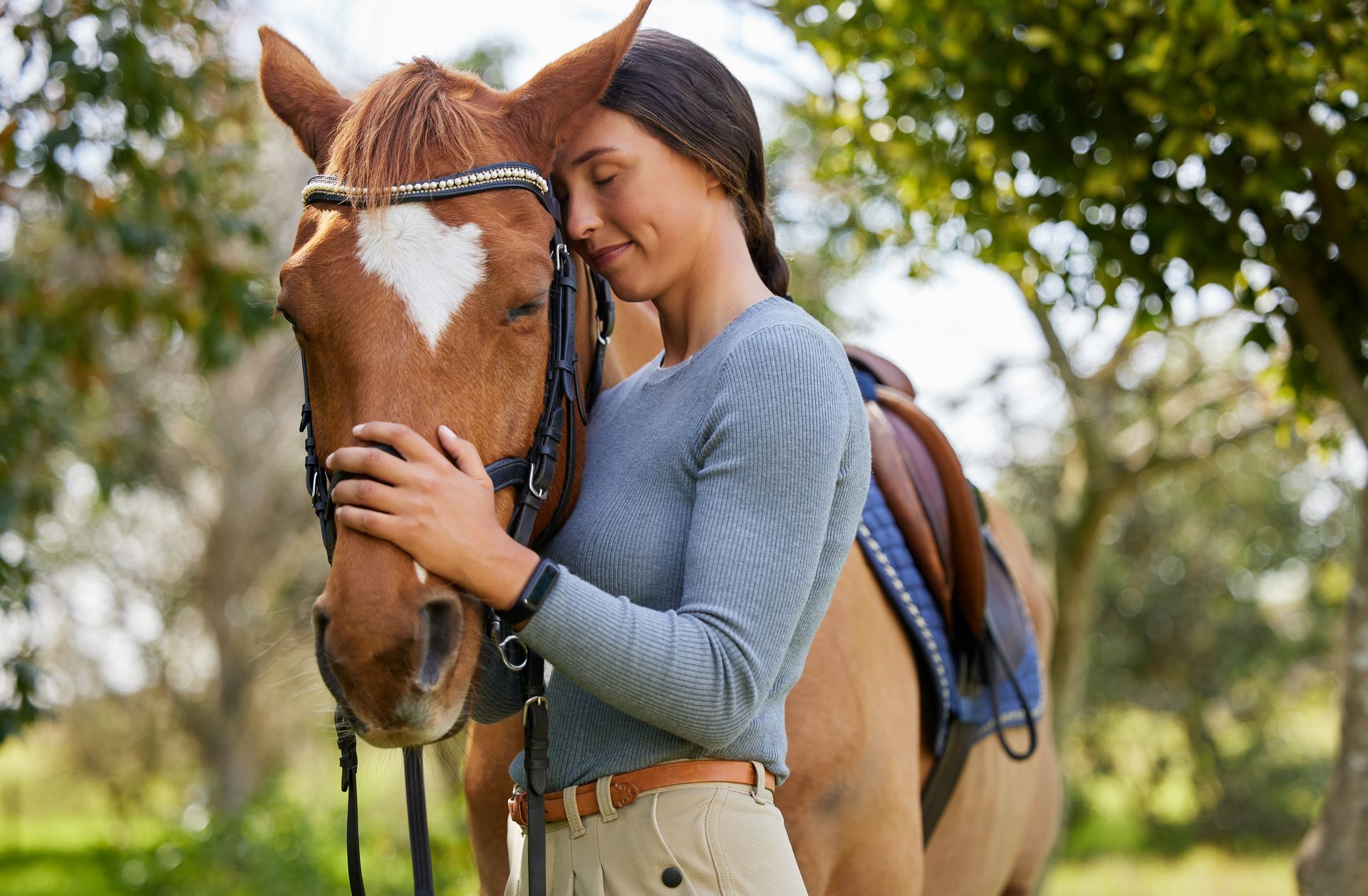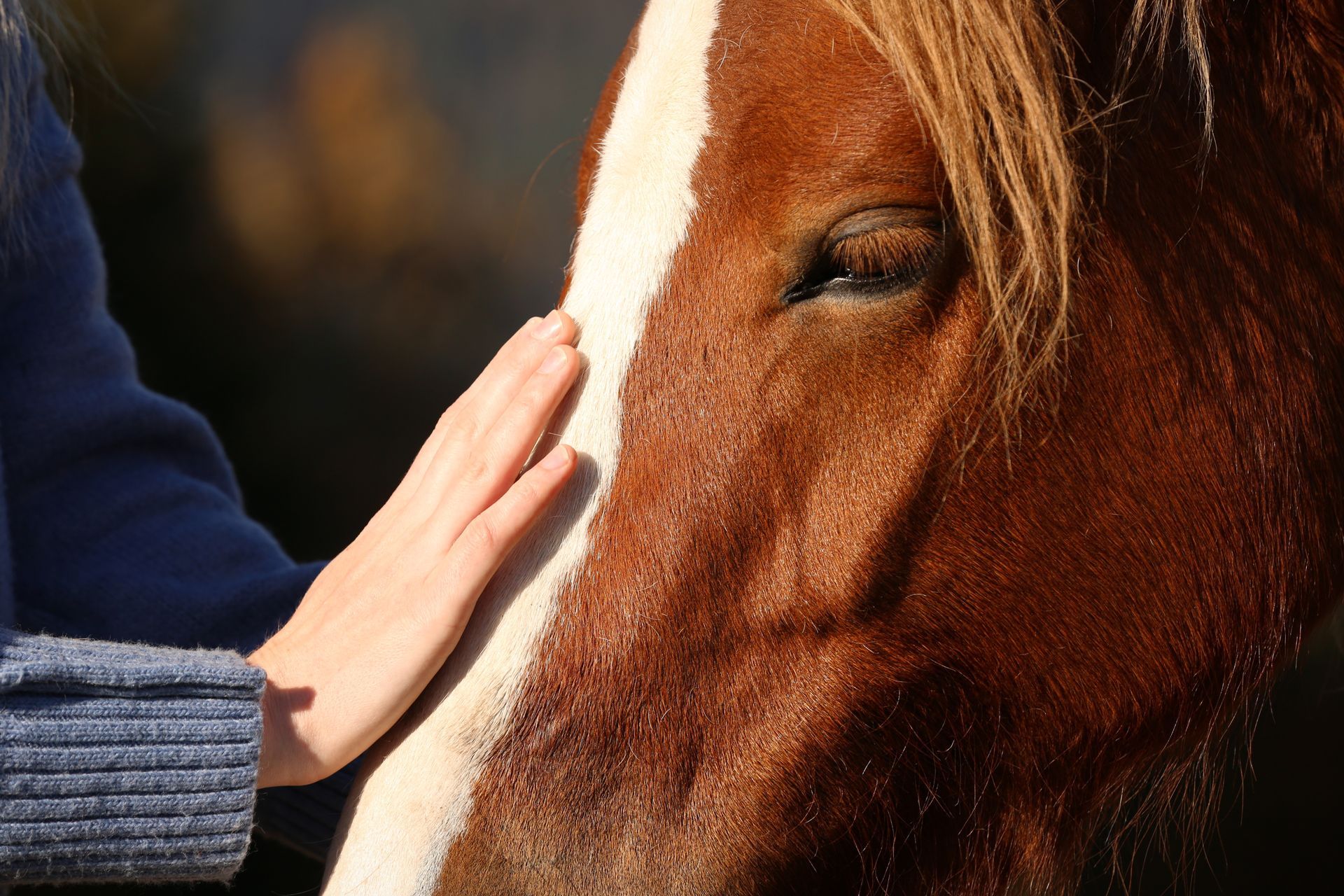As an equine assisted therapist, I've witnessed something remarkable: horses have an almost mystical ability to help people integrate profound experiences. Whether my clients are processing insights from psychedelic therapy, returning from transformational travel, completing a spiritual ceremony, or emerging from a cleanse or fast, horses offer something uniquely healing that traditional talk therapy alone cannot provide.
Why Is Integration After a Psychedelic or Spiritual Experience So Difficult?
After any major transformational experience, such as a psychedelic journey, vision quest, intensive retreat, or life-altering travel, we often return to ordinary life carrying profound insights that feel difficult to apply in everyday reality. The challenge is not just intellectual—it is also deeply physical and emotional. These experiences can lead to noticeable shifts that require thoughtful integration. For many people, this might include:
- Shift our nervous system and energy patterns
- Create new neural pathways that need reinforcement
- Leave us feeling disconnected from our previous identity
- Generate insights that feel too big for words
- Create a gap between our expanded awareness and practical life
This is where horses become invaluable allies.
The Unique Benefits of Horses for Integration Work
Unlike humans, horses don't get caught up in stories about the past or anxiety about the future. They exist in the eternal now, which is exactly the state most transformational experiences invite us into. When you're with a horse, you're automatically called into presence, which helps anchor the insights from your transformational experience into your current reality.
How Horses Mirror Emotions and Energy During Integration Work
Horses are master readers of authentic energy. They respond not to what you think you should be feeling, but to what you're actually experiencing in your body. After a big transformational event, there's often a disconnect between our expanded awareness and our embodied reality. Horses help bridge this gap by reflecting back exactly where you are energetically, not where you think you should be.
What Is Somatic Integration and How Do Horses Help With It?
Many transformational experiences are deeply somatic because they live in the body, not just the mind. Horses naturally invite us into our bodies through their physical presence, movement, and the requirement to be grounded and centered in their space. This embodied interaction helps integrate insights at a cellular level.
Equine Therapy Techniques for Psychedelic, Spiritual, and Life Transition
After psychedelic or plant medicine experiences horses help clients:
- Ground expansive insights into practical reality
- Process emotions that arose during the journey
- Practice new ways of being that emerged from the experience
- Integrate shifts in perception about relationships and boundaries
- Embody the self-compassion and acceptance discovered during the journey
In my practice, I often see clients who had profound realizations about their authentic self during psychedelic therapy, but struggle to embody this new identity in daily life. Horses create a safe space to practice being this authentic self.
Using Horses to Integrate Spiritual Retreats and Sacred Ceremonies
Whether returning from ayahuasca ceremony, vision quest, or intensive meditation retreat, horses offer:
- A bridge between the sacred and ordinary worlds
- Support for maintaining spiritual connection in daily life
- Help processing any challenging or confusing aspects of the experience
- Practice integrating new spiritual insights into relationships
- Grounding for expanded states of consciousness
How Horses Help You Integrate After Life-Changing Travel
Travel can profoundly shift our perspective, but returning home often creates integration challenges. Horses help with:
- Processing identity shifts that occurred during travel
- Integrating new cultural perspectives and values
- Maintaining the openness and curiosity discovered while traveling
- Navigating reverse culture shock
- Embodying the confidence and independence gained through travel
Equine Support for Integration After Fasting, Detox, or Physical Breakthroughs
These experiences often create profound shifts in our relationship with our body, willpower, and inner strength. Equine-assisted therapy supports:
- Integrating new awareness of personal power and resilience
- Processing emotions that arose during the physical challenge
- Embodying the clarity and focus gained through the experience
- Maintaining healthy boundaries discovered during the cleanse
- Translating physical discipline into emotional and spiritual practices
What to Expect in an Equine-Assisted Integration Therapy Session?
In my equine assisted therapy sessions focused on integration, we might:
- Begin with Grounding: Simply being present with the horses, allowing your nervous system
to settle and your energy to ground after the expansive experience.
- Energy Matching: Observing how horses respond to your current energy state and what this
reveals about where you are in your integration process.
- Embodied Exploration: Using movement and interaction with horses to explore new ways
of being that emerged from your transformational experience.
- Boundary Practice: Horses are excellent teachers for healthy boundaries—a common theme
that emerges from many transformational experiences.
- Metaphorical Processing: Using the horse-human interaction as a metaphor for integrating
insights into relationships and daily life.
- Somatic Regulation: Allowing the horse's calm, grounded presence to help regulate your
nervous system as you process big changes.
Why Choose Equine Therapy for Psychedelic and Transformational Integration?
Non-Judgmental Presence
Horses don't have opinions about your psychedelic insights, spiritual experiences, or life changes. They simply respond to your authentic energy, creating a safe space to explore and embody new aspects of yourself.
Immediate Feedback
Unlike traditional therapy where feedback might be delayed or filtered through language, horses provide immediate, honest feedback about your energy, presence, and authenticity.
Body-Based Learning
Integration happens not just in the mind but in the body. Horses naturally invite embodied learning and somatic integration.
Practice Ground for New Ways of Being
The arena becomes a safe practice space for trying out new behaviors, communication styles, and ways of being that emerged from your transformational experience.
Connection to Natural Rhythms
Horses help reconnect you to natural rhythms and cycles, which is often disrupted after intense transformational experiences.
When Is the Best Time for Equine Integration Work?
I typically recommend equine assisted therapy for integration work:
- 1-4 weeks after a major transformational experience
- When you're feeling disconnected from insights or struggling to apply them
- If you're experiencing reverse culture shock or re-entry challenges
- When traditional talk therapy feels insufficient for processing the experience
- If you're struggling to embody changes in your daily relationships and routines
How Equine Therapy Helps You Embrace and Live Your Transformation
Integration isn't about forcing yourself back into your old life unchanged. It's about honoring the transformation while finding sustainable ways to embody your new insights and awareness.
Horses understand transformation—they're prey animals who must constantly adapt and integrate new information for survival. They can teach us how to remain open and responsive while staying grounded and safe.
If you've had a life-changing experience and are struggling to integrate it into your daily reality, you don't have to navigate this alone. Equine assisted therapy offers a unique bridge between expanded awareness and embodied living. The horses are waiting to meet you exactly where you are, to reflect your authentic truth, and to support you in becoming who you're meant to be.










